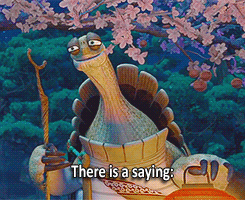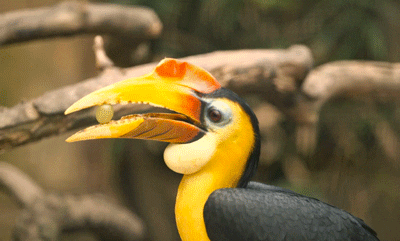Birds
The Flying Animals:
Speaking of Borneo, a bird species always comes to our mind: the hornbill. However, some of hornbills are endangered. Among the 18 species, three species are listed as endangered or critically endangered; others are mostly listed as vulnerable or near threatened. We will dig more about the three endangered hornbill species.
Taxonamy

White
crowned
hornbill
Scientific name
Berenicornis comatus
Size
83-102 cm
Population
Decreasing
Type
Birds
Weights
Male: 1.25 –1.36 kg
Female: 1.47 kg
Habitat
Lowland forest & riverine
Diet
Omnivores
Conservation Status
Endangered

Wrinkled
Hornbill
Scientific name
Rhabdotorrhinus corrugatus
Size
65-75 cm
Population
Decreasing
Type
Birds
Weights
1590g
Habitat
lowland, coastal swamp forest
Diet
Omnivores
Conservation Status
Endangered

Helmeted
Hornbill
Scientific name
Rhinoplax vigil
Size
110-120 cm
Population
Decreasing
Type
Birds
Weights
3 kg
Habitat
lowland to sub-montane forest
Diet
Omnivores
Conservation Status
Critically
Endangered
Fun facts!!

White-crowned hornbills exist for a really long time – more than 47 million years. They're one of the oldest hornbill species!

They give calming hooting coos, like an owl.
The wrinkled hornbill pair's monogamous nature forms a rock-solid relationship foundation, and they're like two peas in a committed pod!

Commonly mate in the rainy seasons when there is access to damp soil for building nest walls.
"Poohooh" calls are made by Helmeted Hornbills using their high-pitched voice.
Similar to how goats use their horns for jousting, males defending their territory fly at trespassing hornbills and crash their casques into each other.
Why are they endangered?
Forest loss is one of the primary threatening sources for the three precious hornbill species, as the forest is their primary habitat. Forest loss is caused by human activities such as large-scale plantation, agriculture, logging, construction and forest fire. And because each species has a different ecology, forest loss affects them similarly.
The helmeted and wrinkled hornbills avoid degraded forests and require large and specific trees for nesting. Hence, oil palm and rubber plantations, as well as logging, is the main activity causing them to decrease in number. Forest fires have caused harm as well.


Hunting and Illegal trading is also an action that threatens endangered species a lot. The species is extensively hunted and trafficked illegally. Especially helmeted hornbill, this species is prized as decoration for its solid horn or casque.
Interestingly, during breeding, the female helmeted hornbill is imprisoned while the male feeds her and the nestling. Therefore, if the male is killed, the female and chick might also die. This is why hunting has a severe impact. Additionally, hunting threatens the white-crowned hornbill and wrinkled hornbill, too, with hunters taking it as a "bycatch" when going after the Helmeted Hornbill.


No fruits, no birds,
no beautiful song;
without trees,
we cannot live for long.
How can humans help?
-
Establishing and participating in community-based conservation projects
-
Encouragement for poachers to become tourist's guide and hornbill observers
-
Develop a roadmap for the species' enforcement activities at key sites
You made it!

.png)